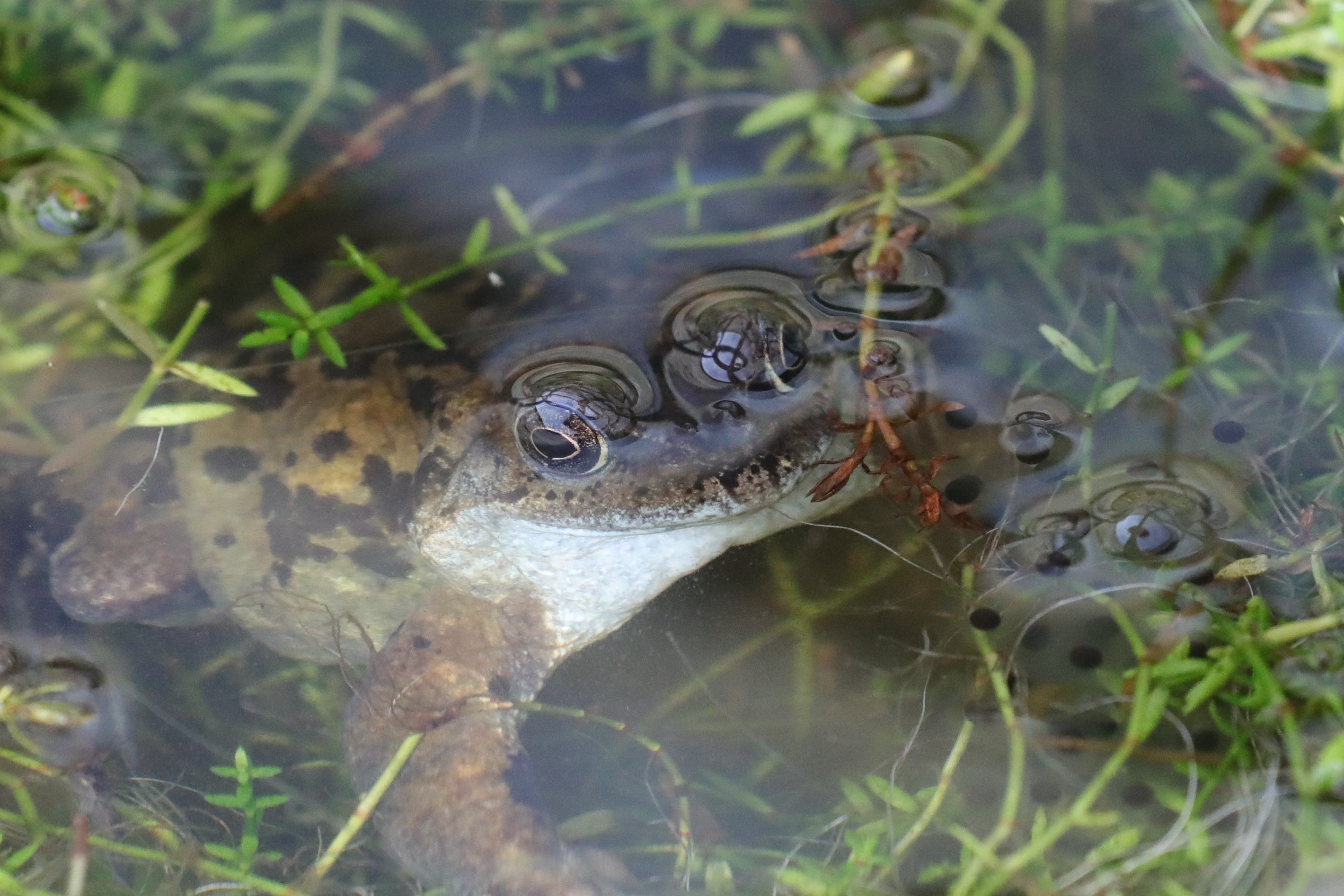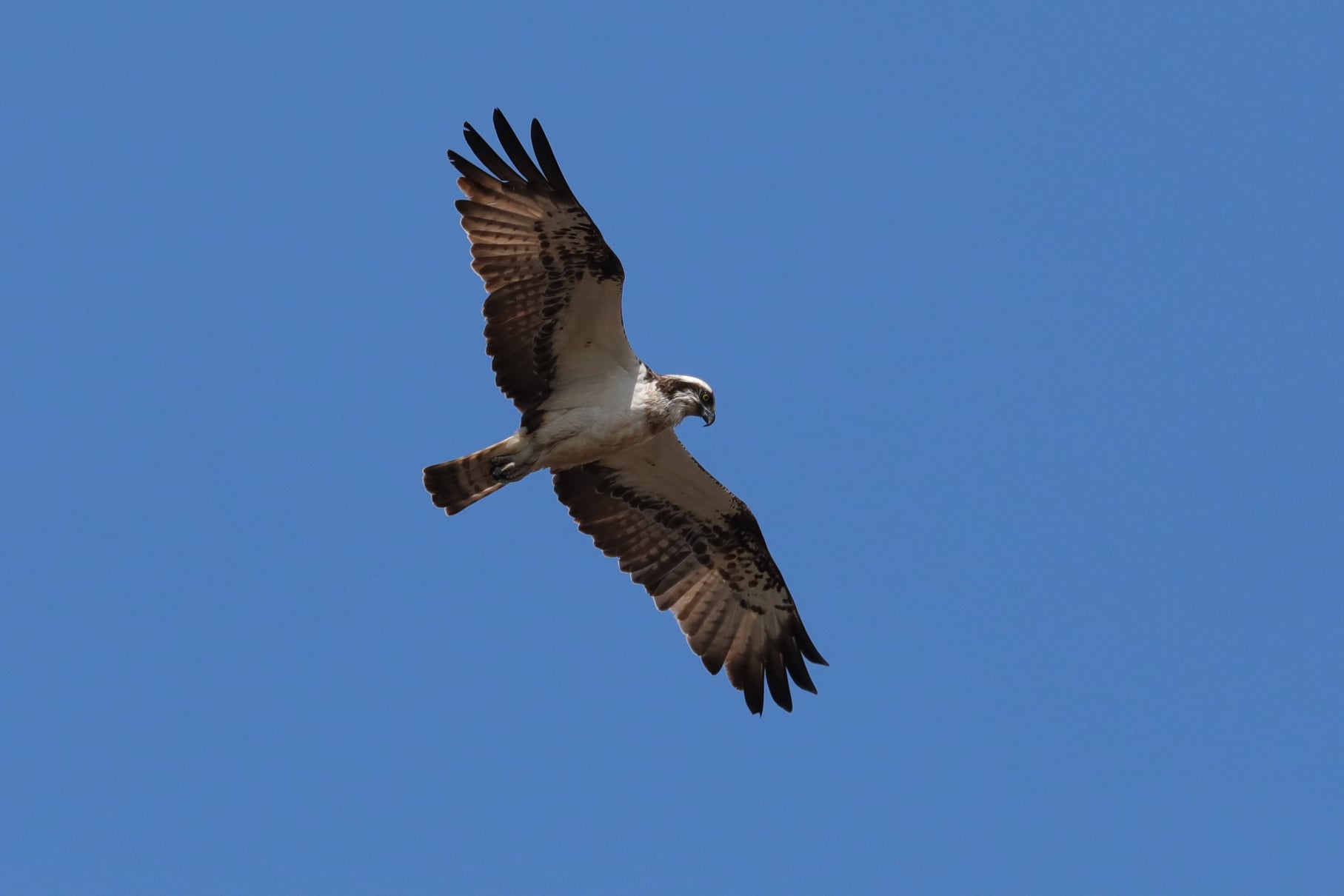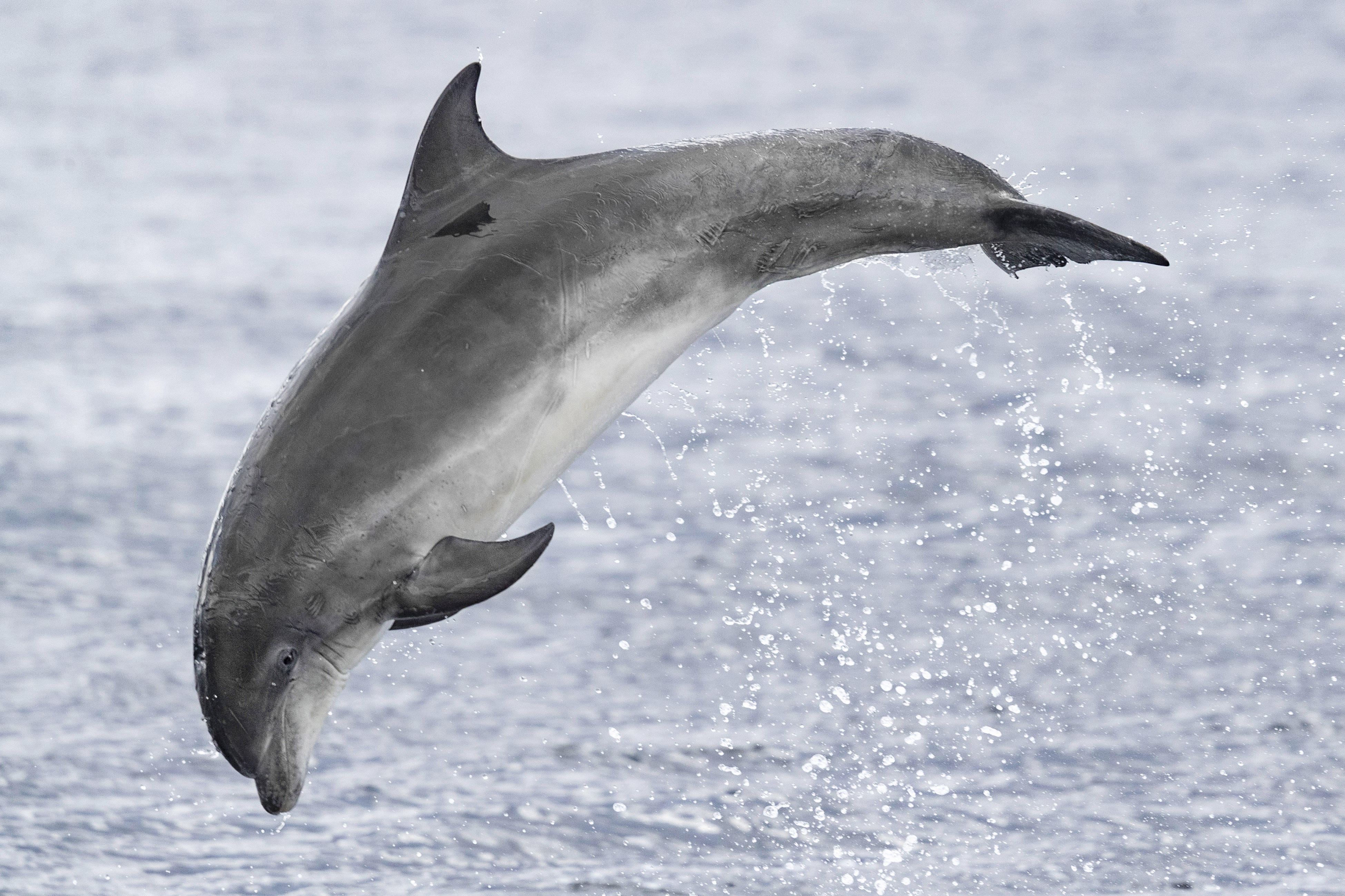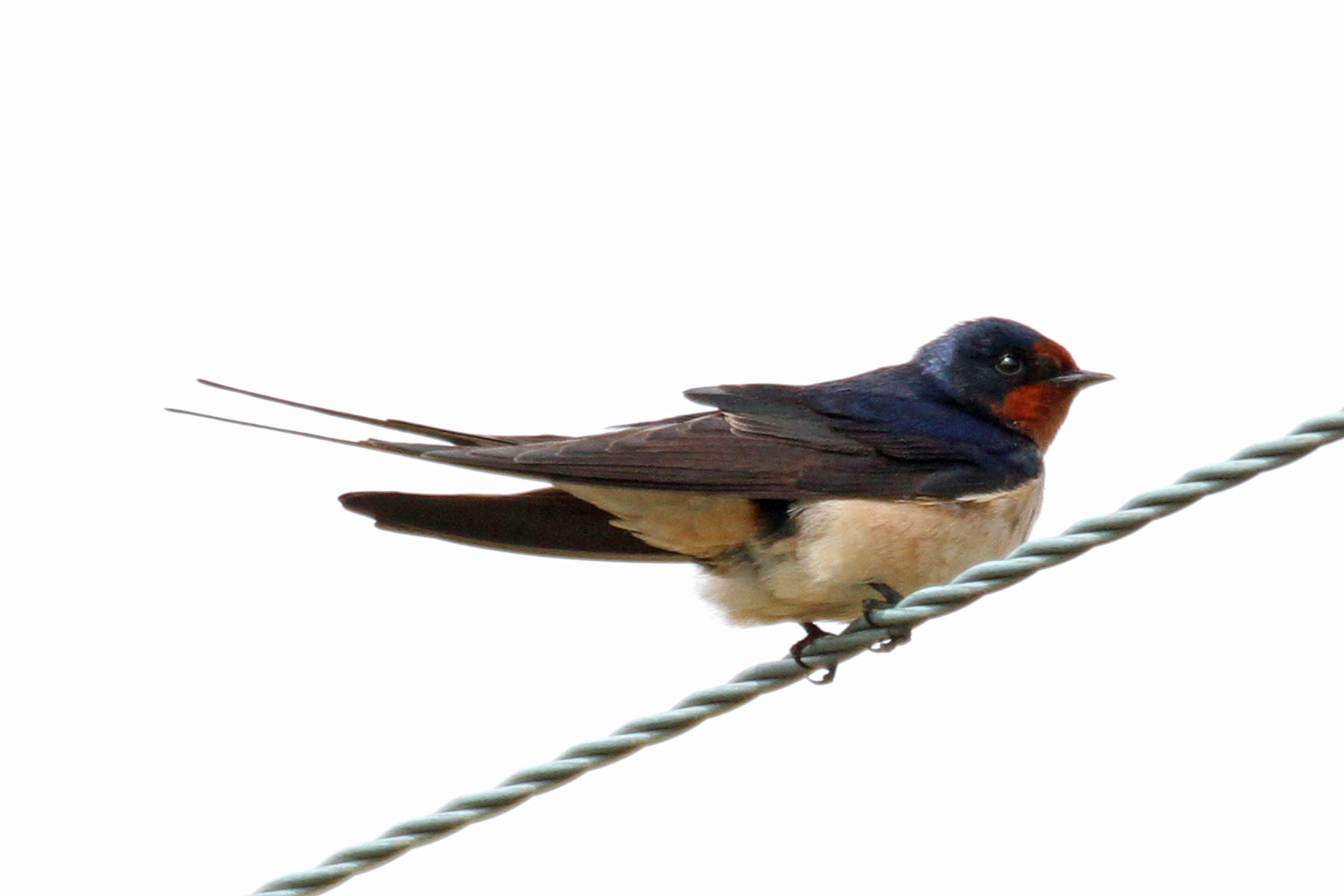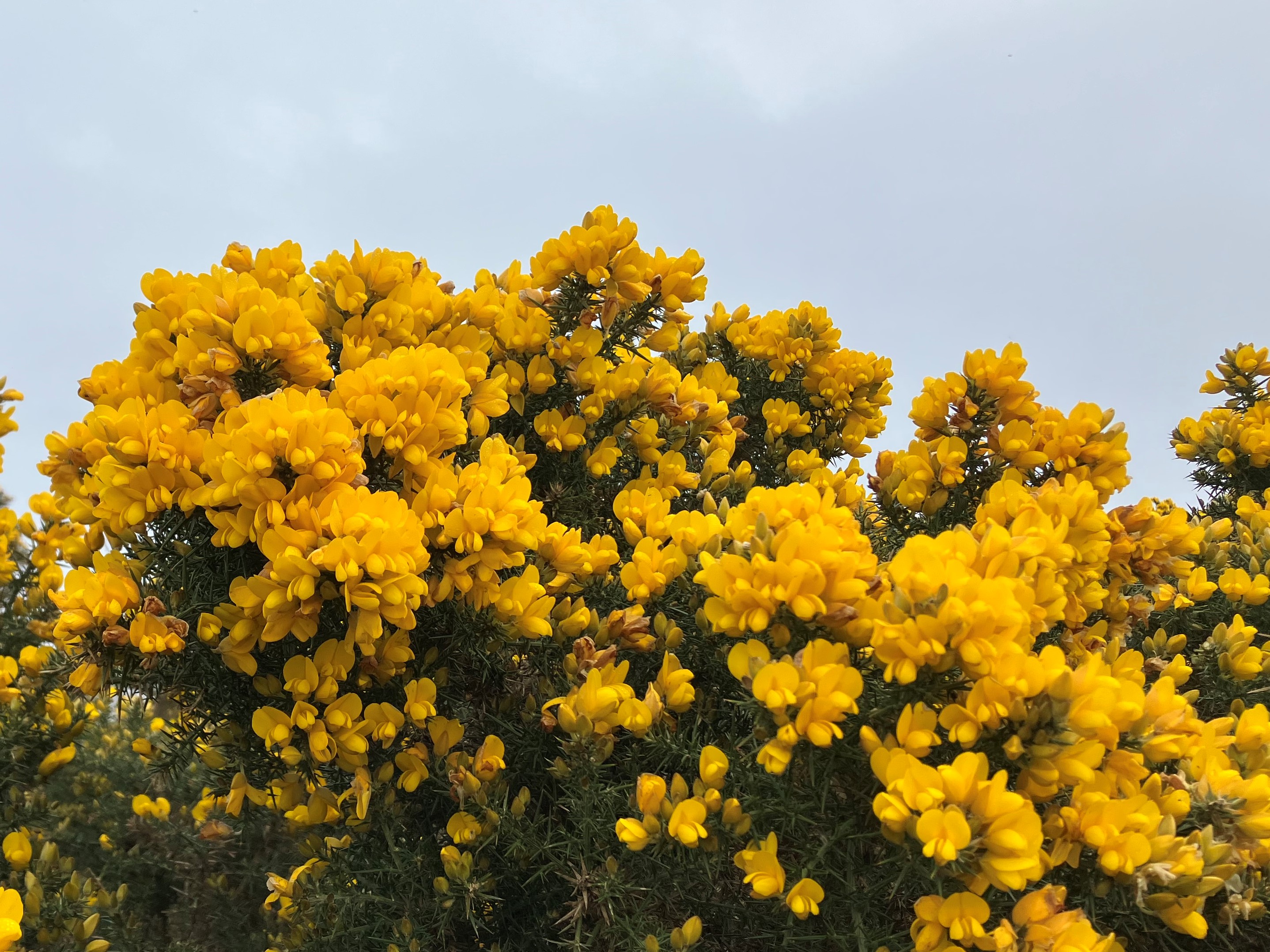- Ospreys 🦅
Ospreys start arriving at Spey Bay in late March or April, after an incredible journey of up to 5,000km from their winter home in West Africa. They come here to foster a new generation of chicks – between 250 and 300 pairs are thought to be breeding across the whole of Scotland.
Ospreys feed on the plentiful supply of fish in Spey Bay. They can be seen from the car park and the nature reserve hunting for salmon in the river, entering the water at speeds of up to 125 km per hour! When the tide is high, they perch on branches and fallen trees at the mouth of the Spey.
© Cath Bain
- Bottlenose Dolphins 🐬
As the weather starts to warm up, the chances of seeing these playful creatures rises. Moray is home to over 220 individuals, which is the most northerly population of bottlenose dolphins in the world. They are also the largest in the world, measuring up to 4m which can be partly explained by the cooler waters and the abundance of tasty fatty salmon from the rivers in the Moray Firth, including the Spey.
The hill in front of the Ice House gives you a good vantage point to spot bottlenoses. Look out for dorsal fins, splashes and feeding birds. If you’re lucky they may even put on an acrobatic display for you!
©WDC/Charlie Philips
- Swallows 🐦
As the days get longer it is time to say hello to the swallows returning to the Spey after a long and difficult 9000-mile journey from Africa. Swallows are rather small, weighing about 16-25g, and yet it is estimated that migrating swallows travel a whopping 200 miles per day!
Follow the river path from the car park to have a chance at seeing these amazing wee birds. You can admire their glossy blue backs and red throats through a pair of binoculars – they are available for hire from the visitor centre if you don’t have your own!
©Gordon Biggs
- Frogspawn and Tadpoles 🐸
In the courtyard of our visitor centre is a small pond where frogs have come for the last few years to lay their frogspawn. Despite being blanketed in snow earlier in the year, the frogspawn have started growing from wee spheres into comma shapes…much to everyone’s relief!
The frogspawn will hatch into tadpoles and grow up in the pond until they become tiny frogs that are ready to venture out into the world – after which they are much harder to spot. Go through our shop to access the courtyard garden to see these critters before they leap off!
©WDC/Cath Bain
- Gorse 🌼
This evergreen shrub can be found right across the reserve but if you don’t fancy straying far, we have plenty in bloom between the Ice House and the burn. Gorse starts flowering in January, but the beautiful yellow flowers and their distinctive coconut scent are at their peak during Spring. Make sure you catch a whiff if you visit us at the WDC Scottish Dolphin Centre and we promise you the delicious smell will transport you to a tropical desert island!
©WDC/Cath Bain

